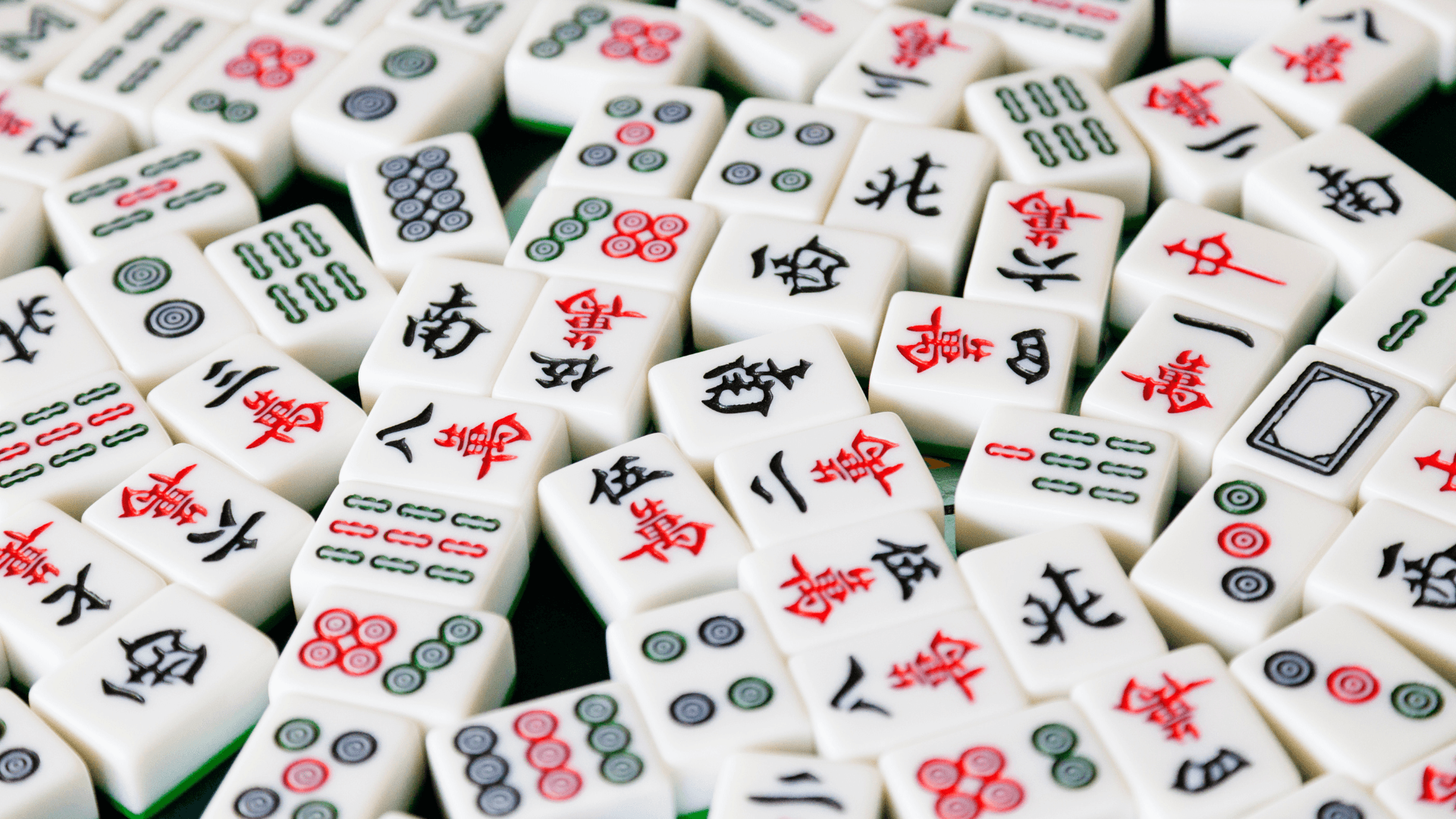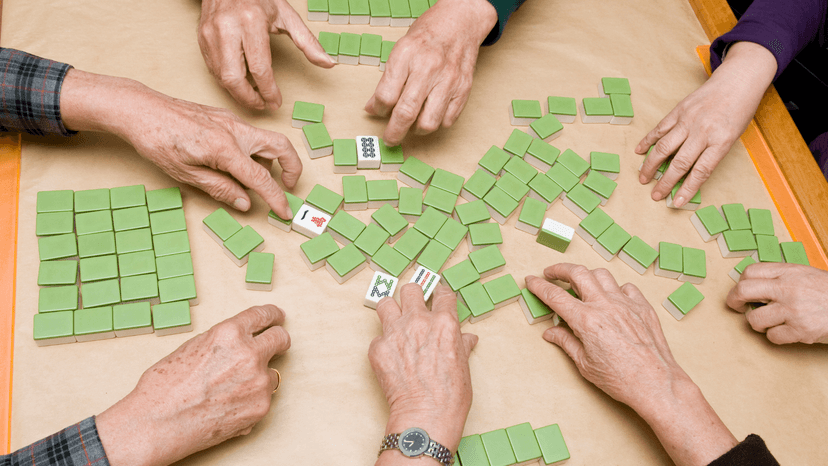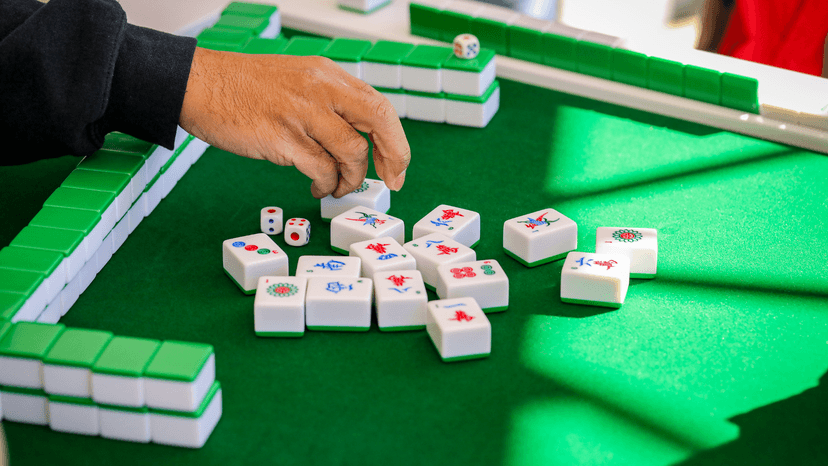Popular Mahjong Types

Mahjong has been in existence for a long time, and many variations of this iconic game are not available online. But, there still are some variations that we can find at online casinos.
If players are interested in learning about mahjong variations more, they can read our comprehensive guide, which includes the Chinese mahjong variations and the other ones. The other variants are present in massive quantities, so make sure to read until the end.
Chinese variants
Changsha Mahjong
In Hunan Province, Changsha Mahjong is played often. Players must purchase unique Jong made exclusively of tiles of 2, 5, or 8 in order to play Wuhan mahjong. When playing Changsha Mahjong, special tiles that are first chosen from the playing surface are prohibited, as well as the use of winds. Each round's winners participate in a special lottery for bonuses, which often doubles their score.
Chinese Classical Mahjong
The oldest type of Mahjong still played today is Chinese classical mahjong, which was first made popular in America in the 1920s under several titles. While few people play it in Asia, it has a small but devoted following in the West. Each player scores and the winning score can be surpassed.
Competition Mahjong
Certain mahjong societies have accepted the international mahjong standard. It was established by the All-China Sports Federation in July 1998 for competitions and, in some cases, for ordinary play. It stresses computation and strategy by including a wide range of alternative score rules.
Other Variants
Filipino Mahjong
There are sixteen tile hands in Filipino mahjong. Tiles can be considered wild in some cases. Moreover, Honors are viewed as extra benefits.
Taiwanese Mahjong
The most popular form of mahjong in Taiwan is called Taiwanese mahjong, which employs hands of sixteen tiles, offers incentives to dealers and repeat dealerships, and enables many players to win from a single discard.
Japanese Mahjong
Mahjong is standardized in Japan and South Korea as Japanese Mahjong, which is also frequently seen in video games. The rules of Riichi and Dora are distinctive features of this version. Also, to account during play, tile discards are carefully put in front of each player in discard order. To finally increase their worth, some rules swap out certain number 5 tiles for red tiles.
Korean Mahjong
Korean Mahjong is a fantastic variant for three players that is distinctive in many ways. The seasons and one outfit are entirely absent. Play is quicker, and scoring is easier. The use of disguised hands is widespread, and no melded chows are permitted. Riichi plays a crucial role in the game as well.
Pussers Bones
A quick-moving variation called pussers bones was created by sailors in the Royal Australian Navy. Instead of using the terms East, South, West, and North, it employs terms like Eddie, Sammy, Wally, and Normie.
Singaporean Mahjong
Hong Kong and Singaporean mahjong are two closely related varieties. Four animal bonus tiles are used in Singaporean mahjong, and there are several alternate scoring methods that provide rewards midway through the game if specific criteria, like a kong, are satisfied. Melds might also come in a format that's distinct from the majority of other versions.
Vietnamese Mahjong
Eight specialist jokers are presented in Vietnamese mahjong. However, there are only eight more flowers for a total of 160 tiles. In a contemporary variation, the jokers are tripled or quadrupled for a total of 176 or 184 tiles.
Western Classical Mahjong
Joseph P. Babcock, a Standard Oil employee, brought mahjong to America in the 1920s, and western classical mahjong is a descendant of that game. These days, the word mostly refers to the Wright-Patterson regulations, which are employed by the American military, and other closely related American-made variations.
The Most Famous Mahjong variation
The most well-known Mahjong variant is Solitaire Mahjong, a one-player matching game that employs a set of mahjong tiles rather than playing cards. As opposed to being a physical tabletop game, it is more frequently played on a computer. While it is completely different from the four-player game of mahjong, it takes its name from that one.
Conclusion
The types of mahjong are massive, so it is better for players not to try every one of them. Even though everyone is not that different, only the scoring might be dissimilar.
The ideal choice is to select one game or max at two and master them. When a player is bored with that game, they can move on to the next version. Those who like to play alone can try Solitaire Mahjong.
FAQ
What are the different types of mahjong?
There are many different types of mahjong. Chinese variants, such as Changsha Mahjong, Chinese Classical Mahjong, Fujian Mahjong, and so on. There are also variants other than Chinese ones, such as American Mahjong, Filipino Mahjong, and more.
Which version of mahjong is best?
The most common kind of Mahjong is called Hong Kong Mahjong, and it is quite close to Chinese tradition, but perhaps American, Chinese, and Japanese Mahjong are the best.
Is American Mahjong different than Chinese mahjong?
While American Mahjong is played with eight extra joker tiles and various scorecards, traditional Chinese Mahjong sets include 144 tiles.
Are Japanese and Chinese Mahjong the same?
These are not the same; Japanese Mahjong is a variation of the well-known Chinese game with a few differences.







